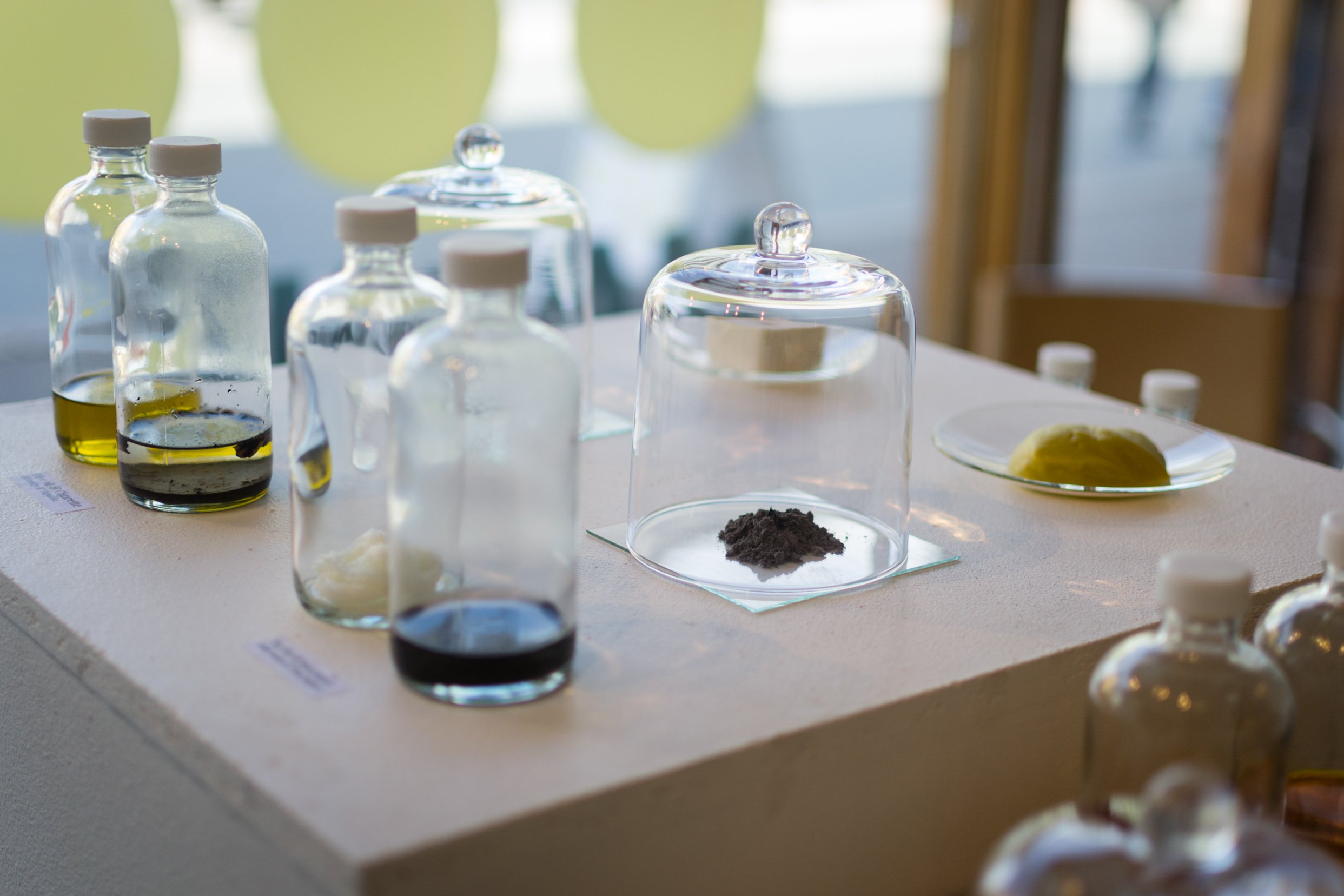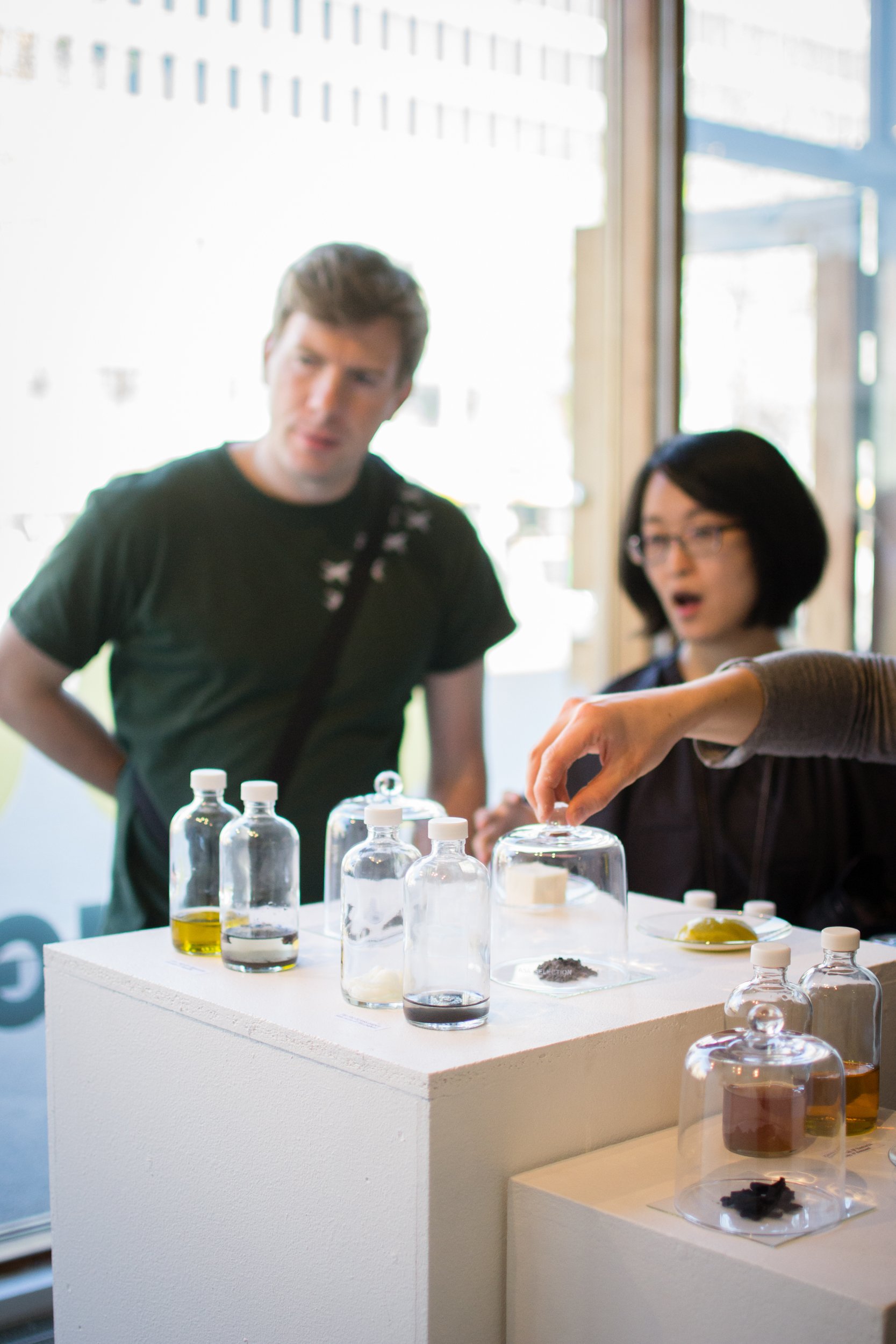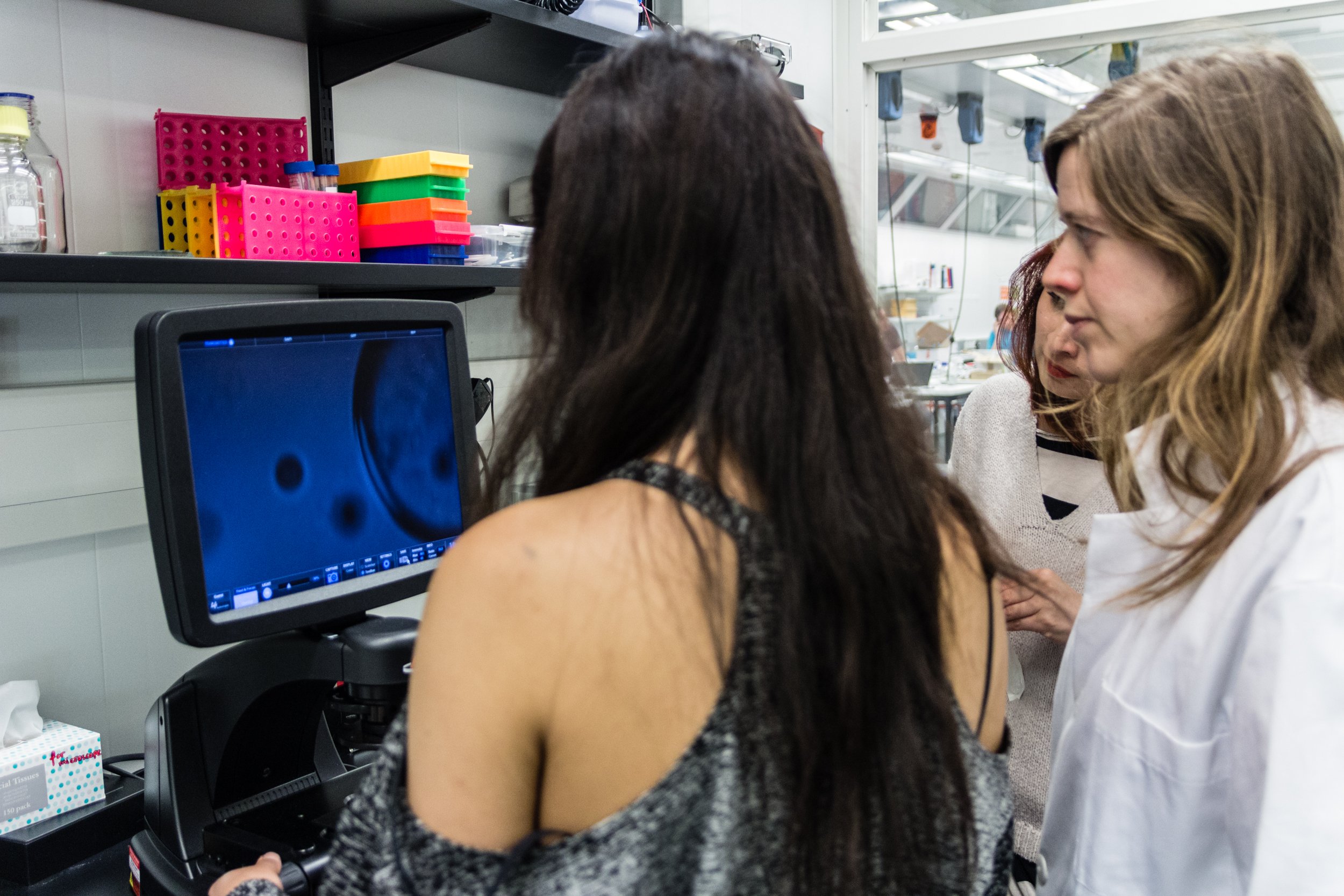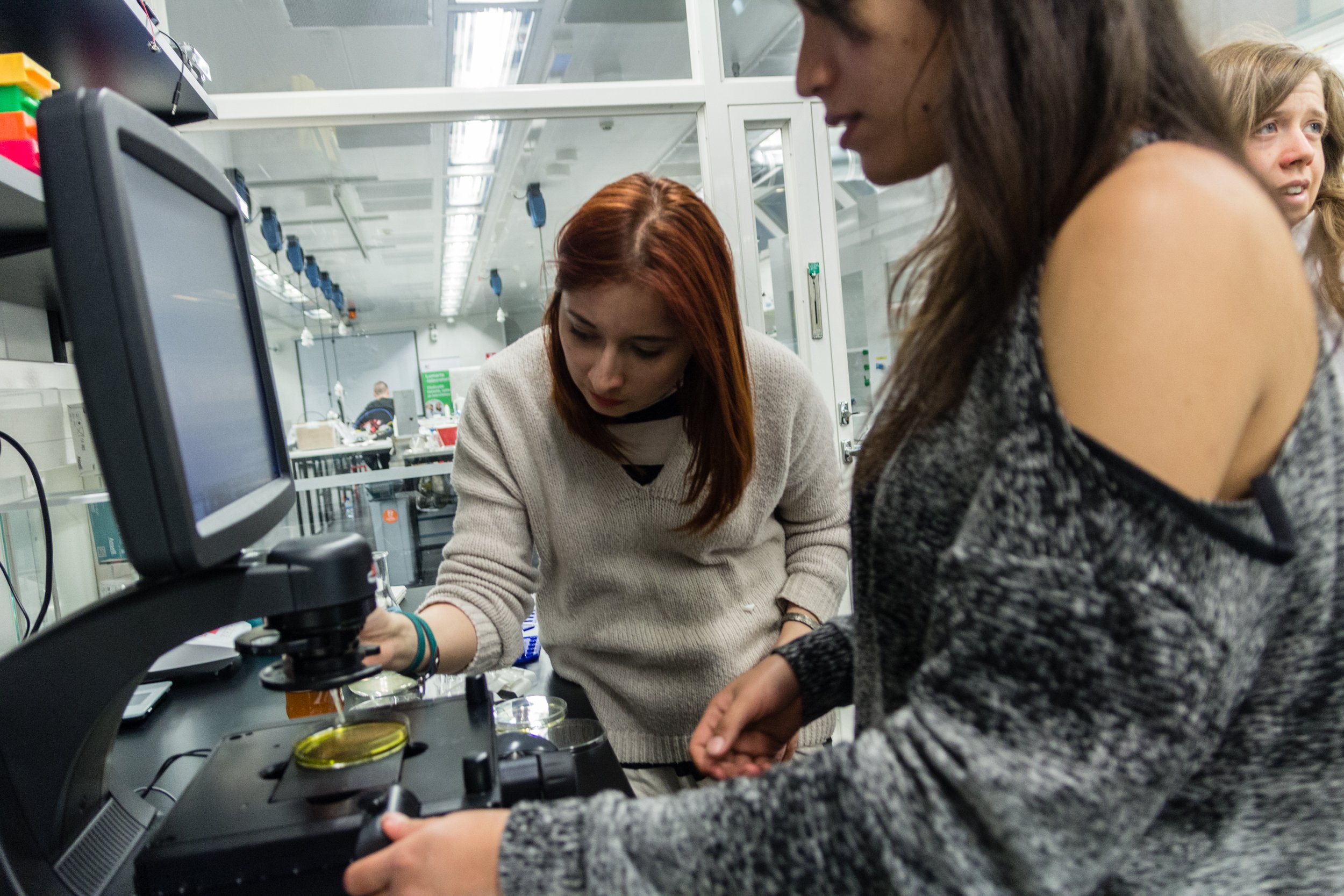
Living Ashes
In Living Ashes, we were interested in tackling the subject of synthetic biology from an apparently oblique angle — we began by questioning what the concept of life means.
Our rationale for this is simple. Synthetic Biology is predicated on the notion of modifying and designing life using an engineering framework that allows integrating requirements of modularity and efficiency. The proposition itself is reminiscent, conceptually, of our current models of material production. We conceptualise life as something to be explored and conquered. The possibility of designing life plays on the same mechanics of power as those of domination in class, sexuality, and race. To be designed is to be conquered by the human will. This rests on a binary conceptualization of the world: there is that which is outside of human agency, the natural; and that which has been conquered and appropriated, the artificial.
Central to the discourse of appropriation and human industry is the criteria of what is considered to be life — and, crucially, the bar by which the success of the synthetic effort will be measured. And yet, the concept is an arbitrary construct whose boundaries can be bent.
We explore this possibility by engaging with saponification. Chemically, the process can be described as the transformation of fatty acid molecules into soap and glycerol when combined with a strong base. Materially, however, it illustrates the process by which things fluctuate between variegated states of vibrancy. A so-called living material, rich in potassium, is brought into ashes when it encounters fire. Ashes then react with the minerals in rainwater to form lye. When lye encounters fatty acid, the on-going chemical reaction of the formation of soap turns into a synthetic cell, a fragile droplet which for a few seconds exhibits life-like behaviours. When soap accumulates, this process extinguishes. Matter climbs and descends a ladder of animation.
We have experimented with different sources of ashes and fatty acids, which reveal different facets of life and its conceptualisation as subject of human intervention. We mix Banana ashes with canola oil, both symbols of agricultural practices of modification such as monoculture. We force the encounter of pork fat and Joss paper, both central parts of Taiwanese religious rituals. Bee wax with birch ashes, which are routinely commodified by paper and honey industries. Fish oil and cigarette ashes, binary opposites revolving around concepts of healthiness. Protocells resulting from each pair have its own texture, and perceive and react to the world in slightly different ways.
Living Ashes is influenced by the notion of vibrant matter, which Jane Bennett uses to counter the prevailing discourse in favour of hyper-consumption and capitalism. We believe that by reframing the concept of life, and by stressing how all matter runs through a continuous gradient of vibrancy, we can start to question how limited our current notions of life are. Perhaps we must stretch our frameworks, perhaps everything is constantly vibrant
Collaboration with: Pei-Ying Lin Charli Clark, Martin Hanczyc, Luis Hernan, Mari Keski-Korsu, Johanna Rotko, Helena Shomar
Materials: Banana peels, Beeswax, Birch ashes, Canola oil, Coconut oil, Cigarette ashes, Fish oil, Human hair, Pork fat, Palm oil, Rainwater, Taiwanese Joss paper




